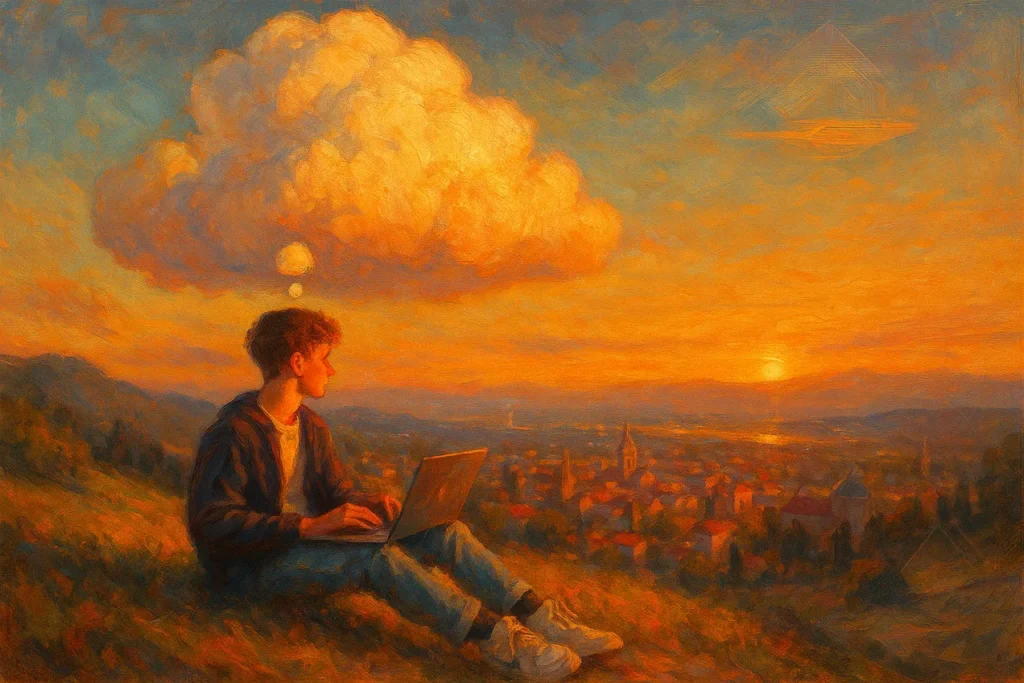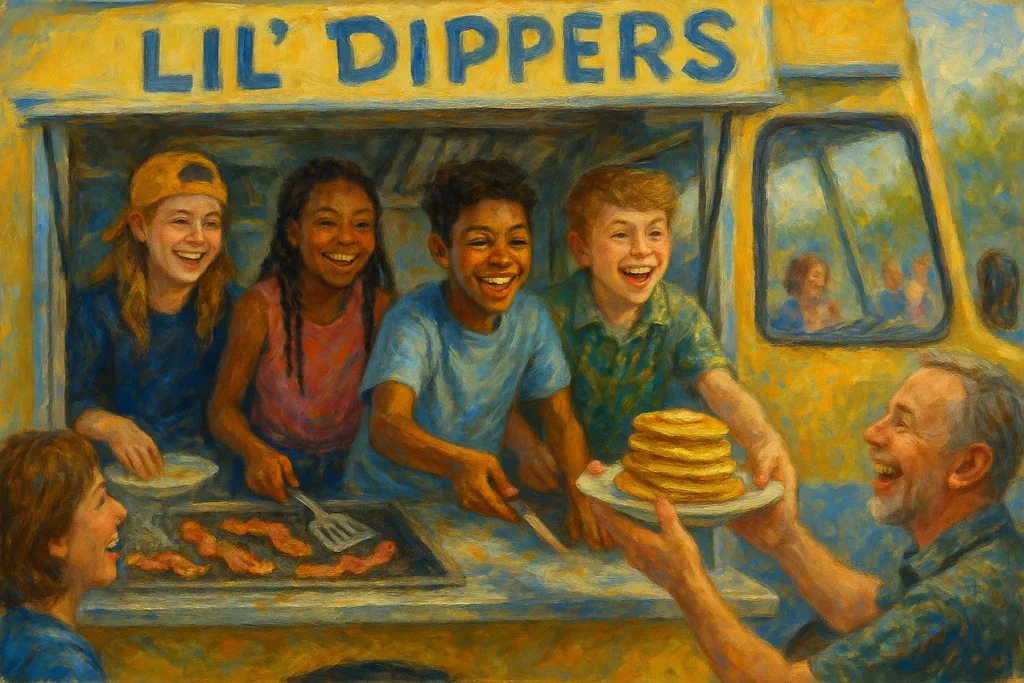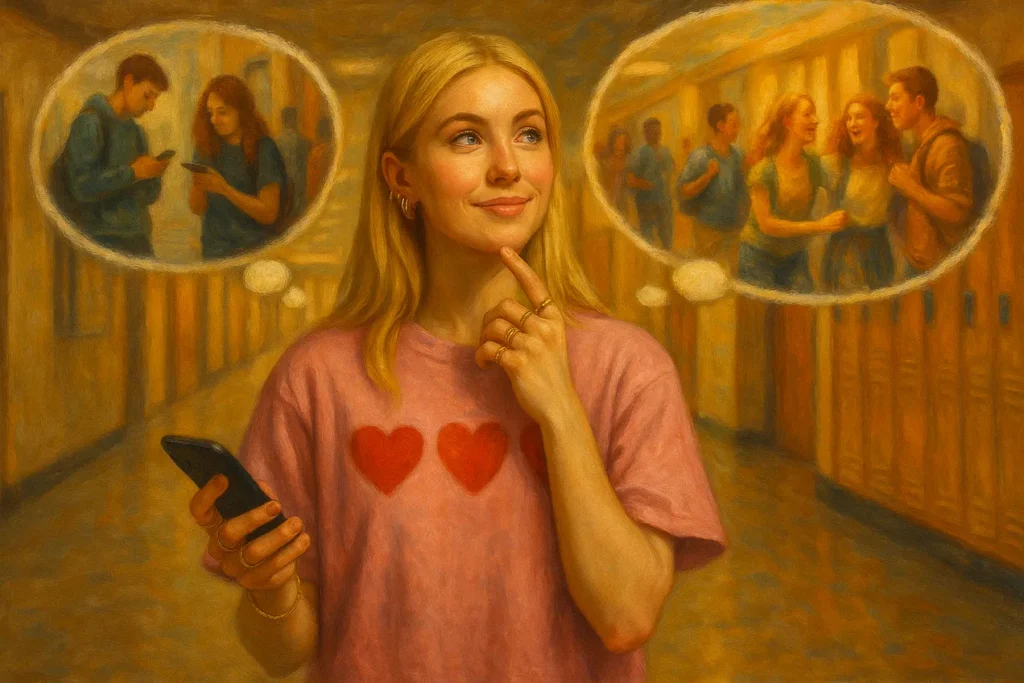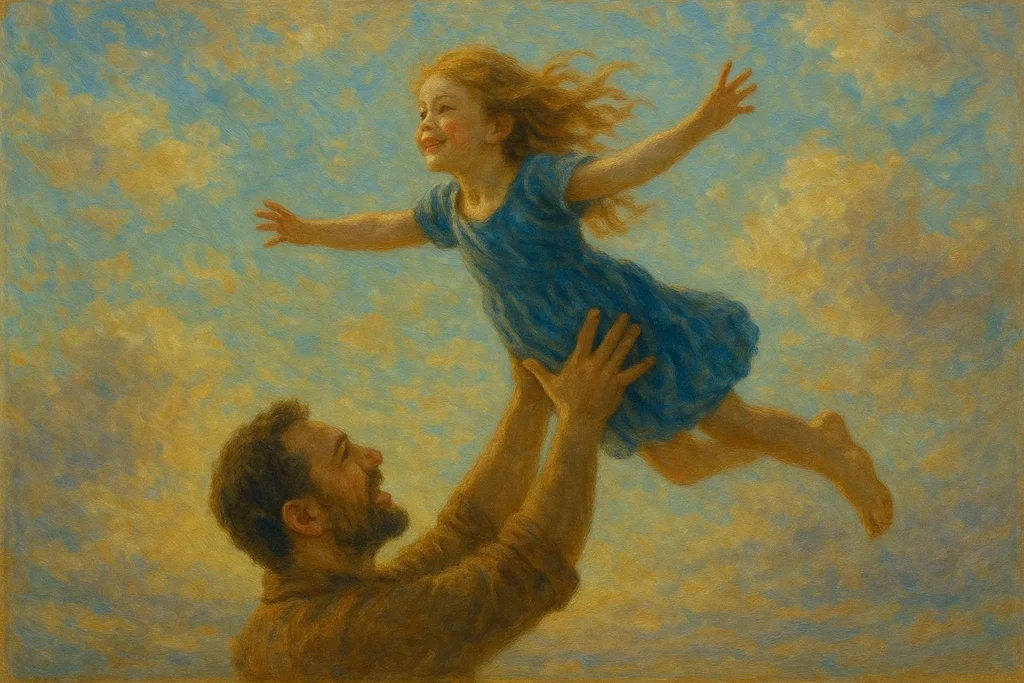Sorry, But “Love of Learning” Isn’t Enough

Welcome to my essay series on “loving school” vs. “loving to learn.” For the next three weeks, I’ll publish an essay diving deep into the differences between the two. This is essay 1/3. (If you want to follow along, make sure to subscribe so you don’t miss a post!) We’re quick to romanticize “love of learning,” but I’d argue that “love of school” is even more important. What’s the difference, you ask? It’s similar to the difference between “loving” and “being in love.” Have you ever thought about that? Falling in love is all warm and fuzzy, all fireworks and butterflies. But loving is something more than that, something solid and unshakeable, like bedrock. Not an emotion, but a choice. The theologian C.S. Lewis paints a lovely picture of this. He says: “Who could bear to live in that excitement for even five years? What would become of your work, your appetite, your sleep, your friendships? But, of course, ceasing to be ‘in love’ need not mean ceasing to love. Love in this second sense — love as distinct from ‘being in love’ — is not merely a feeling. It is a deep unity, maintained by the will and deliberately strengthened by habit; reinforced by (in Christian marriages) the grace which both partners ask, and receive, from God…. “They can have this love for each other even at those moments when they do not like each other; as you love yourself even when you do not like yourself. They can retain this love even when each would easily, if they allowed themselves, be ‘in love’ with someone else. ‘Being in love’ first moved them to promise fidelity: this quieter love enables them to keep the promise. it is on this love that the engine of marriage is run: being in love was the explosion that started it.” Now, let’s apply to this school. Read the full article here
Redefining School in the 21st Century

I can’t tell you how many people I see online who think Alpha School is a gimmick, who assume “learning 2X in two hours per day” is nothing but flashy marketing jargon, like pretty wrapping paper for an empty box. To be honest, I don’t blame them. I appreciate that parents are thinking critically about their kids’ education. (And at one point in my life, I probably would have been one of those skeptics, as well.) But here I am, shouting from the rooftops about “learning 2X in two hours per day.” Because it’s not a gimmicky marketing ploy, not in the slightest. And I want to give you the full picture. Recently, I spoke at the Social Innovation Summit on what it means to redefine school in the 21st century. You can watch my talk here, or if you’re an essay enthusiast (I’m assuming you are since you’re reading this!), feel free to keep on scrolling. Read the full article here
Analog Schools Are Failing Digital Minds

In 1440, a goldsmith’s son named Johannes Gutenberg changed the world that you and I live in today. With his invention of the printing press, he cracked open the gates of knowledge. Ideas no longer resided solely in the minds of scholars or the vaults of monasteries — they could spill across borders, throughout homes, into the hands of ordinary people. It was a revolution. But revolutions take time. While pamphlets spread across Europe, universities clung to old ways. Professors still read aloud to students from hand-copied texts, even as printed books piled up on their shelves. The medium of the future had changed; but many people’s mindsets were still stuck in the past. Sound familiar? Right now, we’re living through another Gutenberg-moment in history. Technology and AI have cracked open new gates of knowledge. They are advancing society in new and novel ways. Some of us are advancing with it, while others cling to old ways, hesitant to jump onboard. I get it. Change is scary! It’s also inevitable. And when you look at how technology is affecting today’s students, change becomes necessary — because what we’re witnessing in the classroom today is two different categories of human beings colliding. Ultimately, we need a new category of school for a new category of human. Let me explain. Read the full article here
Our Fifth Graders Launched a Nationally Recognized Food Truck

PBS News recently did a piece on Alpha School’s fifth grade food truck. Check it out! Saturday morning in Austin. You’re standing in the lobby of a car dealership (not necessarily your first choice on a weekend morning) when you look outside and see a food truck in the parking lot. Amazing, you think. Some breakfast sounds great. Outside, a line forms in the Texas sun. You smell sizzling bacon and something else, something doughy and nostalgic. Pancakes. At the cash register, a young boy (Ten? Twelve?) takes orders. When it’s your turn, he gives you a smile: “What can I get started for you today?” And that’s when you realize. This isn’t someone’s dutiful son or nephew helping out with the family business. The entire kitchen crew is ten, eleven, twelve years-old. You can see them flipping pancakes, frying bacon, printing tickets, serving food. And now, the line is 20 people deep. Orders are flying in faster than the tickets can print. No, your eyes aren’t deceiving you. No, this isn’t child labor. This is the Lil’ Dippers food truck, proudly owned and operated by fifth and sixth graders at Alpha School. A few feet away, their teacher. Bryan. He watches and observes, mostly keeping an eye on the hot griddles and ovens. (The kids are handling the customers like pros.) When your food is ready — “order up! ” — you march over to Bryan, pancakes in hand. “You have to tell me the story of this food truck.” Read the full article here
Student Spotlight: The Teen Girl Who Is Fixing Modern Dating

What happens when kids have time to pursue their passions at school? Dreams chased, businesses built, limiting beliefs broken — things many adults never get around to doing. This is the AlphaX Project: our four year, Olympic-level project for Alpha’s high-schoolers. (If you haven’t already, I strongly encourage you to read about it here.) In the meantime, take a look at what one of our high schoolers is building. This isn’t the 1950s dating scene anymore. Dating culture is no longer share-a-milkshake-at-the-soda-shop-and-have-her-home-by-nine type of vibe. Most teen interactions happen over Snapchat. Through a screen. In DMs. And there’s a dark side to this. Not only can it be wildly unsafe (with little to no parental supervision), it can negatively impact how teens interact in person. Read the full article here
Academic Excellence Is Way More Important Than You Think

Academics (and, more generally, knowledge) has earned a rather lackluster reputation over the last several decades — mostly because of the low-impact, boring way it is pursued in schools. It feels stuffy and irrelevant. As a result, there’s been a significant decrease in the cultural interest of high academics. (“High academics” as challenging, rigorous academic work.) For instance, I meet a lot of thoughtful, intentional parents who, at first glance, don’t understand why we place so much emphasis on academics. “Why do you care so much about learning 2X in two hours a day?” They ask. “Why does performing academically in the top 1-2% in the nation even matter? We want our kids in Alpha for the life skills!” But here’s the truth. Great academics is rocket fuel for kids. The incredible Alpha experience (life skills included) wouldn’t exist without the rigorous academics. And here’s why. Seven ways “high academics” will transform your kid’s future Read the full article here
Student Spotlight: This 16 Year-Old Is Building A Skincare Empire

Ever heard a sixteen-year-old say, “Sorry, can’t hang today, I’m meeting with the cosmetic chemist for my new skincare line”? Meet Ella. She’s a sophomore at Alpha High, and a rising founder in the beauty industry. “I’m building Club Studios,” she says, “A skincare line for sporty girls.” This isn’t an arbitrary decision. At just sixteen, Ella has already put in years of research. What she found is this: aesthetic skincare brands aren’t functional, and functional skincare brands aren’t aesthetic. And this is actually really important. “Beauty is a lifestyle, not a product,” Ella says. “There are sporty, rich girls who want products that match their lifestyle. And the girls who aspire to that lifestyle want products that make them feel like that girl.” Read the full article here
Inside Alpha’s “Olympic-Level” Project For High Schoolers

If you want your kid to stand out in the future, straight A’s aren’t going to cut it. On average, the standard admission rate for an Ivy League school is 5% or less. Thousands of brilliant students get turned away every year. But there’s a catch. After doing some digging, my team and I uncovered a crazy statistic — there is a certain demographic of students who have a 75% chance of getting accepted into an Ivy League college. Seriously!? While every other kid flounders to get accepted into their dream Ivy, there’s a group of students almost guaranteed to get in? You could say our curiosity was officially piqued. My team and I found three commonalities among the 75%: They score 1550+ on the SAT They score a 5 on at least three of the most difficult AP tests (like chemistry or calc BC) And they are Olympic athletes. Read the full article here
How AI and Humans Will Transform the Current Education System

Few things are more important than education. Unfortunately, the U.S. education system has been under siege for years, with understaffed schools, overcrowded classrooms, and overworked, underpaid teachers. The government’s own NAEP issued a Nation’s Report Card revealing less than a third of U.S. eighth graders can do grade-level math. I believe we can no longer accept a system that’s failing so many of our students. The greatest problem stems from the fact we’re still applying a rigid, century-old education model to the challenges of our modern world. Today’s teachers hold the impossible job of educating 20, 30, or even 40 students in a classroom, kids from vastly different backgrounds and aptitudes — with no time to focus on personalized learning. In this environment, a teacher doesn’t have time to give each student the attention they require to excel. As a result, gifted students quickly get bored with the standard curriculum, while struggling students fall further behind, which is often where they’ll remain. Research shows that an underperforming student in third grade is likely to remain an underperforming student when they reach eighth grade because the system isn’t designed to identify exact knowledge gaps and catch kids up. Years of learning science show one-on-one instruction is highly effective at achieving individual student mastery in academic subjects. Yet that solution is out of reach for most schools. Read the full article here
Your Kid Is Limitless (If You Believe They Are)

Most parents love their kids. Fewer believe in them. What many parents don’t realize is that kids will grow or shrink to fit the mold we create for them. If you believe your kid is strong, smart, bold, successful — they will rise to the challenge. But if you believe your kid has limits, they will shrink to fit your expectations. This psychological phenomenon is called the Pygmalion Effect. It’s coined after the Greek myth of Pygmalion, a sculptor who fell in love with a statue he carved, which later came to life — symbolizing how belief can shape reality. In 1968, the Pygmalion Effect was officially brought to life in education. Psychologists Robert Rosenthal and Lenore Jacobson conducted a study where teachers were told certain students in the classroom were expected to show intellectual growth. The students (randomly selected) ended up actually performing better than their classmates — all because of their teacher’s elevated expectations. I don’t think we realize how powerful the Pygmalion Effect is. When you believe in your kids’ potential — truly believe in them — they will internalize these beliefs and rise to the occasion. On the other hand, low expectations can diminish their confidence and performance, resulting in their tendency to shrink to fit the mold. It starts with language. “He’s not great with numbers.” “She’s more of a creative type.” “That’s not really her thing.” These casual phrases become deeply embedded self-identifiers. That can be a harmful thing. (Or, an amazing thing, depending on how we use it!) Read the full article here